
Sunrise at Angkor Wat
Have you ever dreamed of visiting Angkor Wat at Sunrise? I had for years, but then my dream came true. Here I am amongst a
While David Attenborough has successfully brought the best cinematic wildlife experiences to our TV screens than ever seen before, nothing can quite compare to witnessing animals in the wild with your own eyes. From tracking down the Big Five in Africa, walking with giant tortoises in the Galapagos Islands or spotting caiman on an Amazon Cruise, nature loving travelers will be in their element viewing wildlife on tour. Experiencing the world’s wildlife in their natural habitat is expecting the unexpected – and always having the camera ready! Embark on a wildlife tour with Tucan Travel to soak up nature and escape everyday life, whether it’s on a safari, marine trip or jungle cruise.
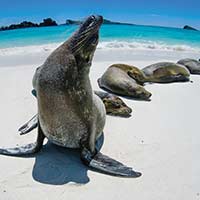
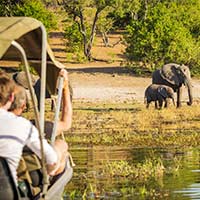
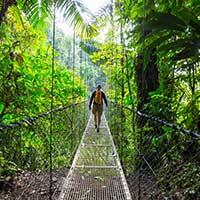
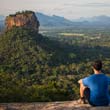
Keep an eye out for unethical animal practises in your destination. This could be anything from captive wild animals being used for selfies, animals that generally look malnourished and unwell in conservation parks or riding wild animals.

Staff Member: Tanya
Job Title: Purpose Officer
Favourite Destination: Botswana
I highly recommend visiting Botswana during the “green season” which is normally from December through to March. While there are showers, they are very sporadic. The highlight of visiting at this time is the birth of many baby animals. I saw young impala, zebra hiding by their mothers and baby lion cubs playing. You could sit and watch them all day but you also realise how vulnerable they are with predators at large on the hunt. You never know what might happen! Of course, Botswana’s high season runs from June to October, which is an excellent time for general wildlife spotting because the grassland is more sparse.
If you want to enjoy an exhilarating walking safari experience, the dry season is the best time to visit since the shorter grass will give you the best chance at seeing predator sightings. A professional guide will show you how to identify the tracks, learn all about different animal smells and ultimately make you feel like you are part of the experience, not just observing from a distance. Everyday is different and you never know what you might come across! Finally, you can’t leave Botswana without cruising down the delta on a mokoro – keep your eyes peeled for hippos, crocodiles and lots of birds.
Safaris are a casual affair, and you should leave any designer or expensive gear at home. The roads are dusty and your clothing will get a little dirty, so bear this in mind. You should consider the country you are visiting and the time of year when packing for your safari. If you are embarking on the gorilla trek we have a page on that specific packing guide.
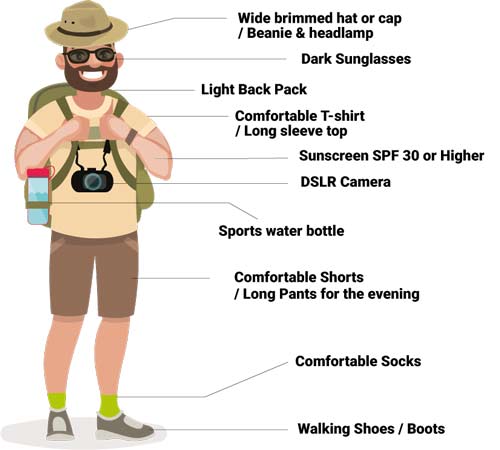
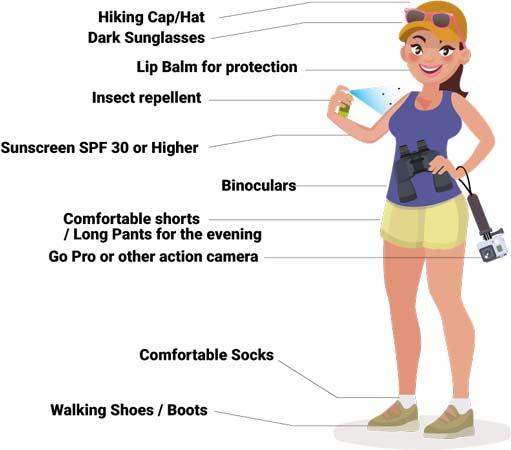

Bring a camera with a long-range lens for the best shots of animals in the distance.

Book onto tours that run at dawn and dusk, when the animals are most active.

Bring a pair of binoculars. Most animals blend into their surroundings and are hard to spot with the naked eye.

Follow the guidelines set out by your local guide – they are there to help you!
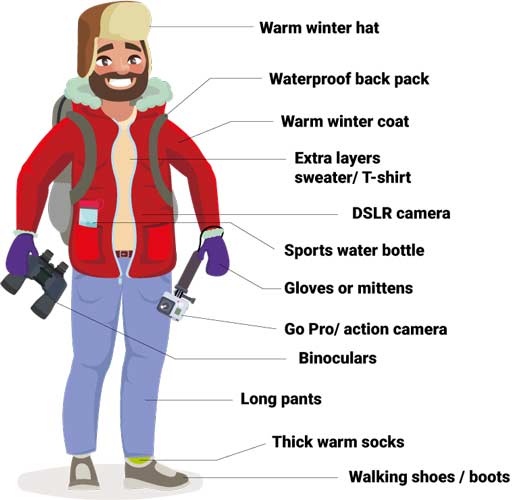


We work with local accommodation suppliers who share the same conservation and responsible travel procedures as ourselves.

Our tour leaders and local guides are passionate about wildlife and are trained in how to travel through parks and reserves responsibly.

Costa Rica has an abundance of wildlife which can be seen at any time of year. However the dry season in Costa Rica runs from December to April and is the best time to visit to avoid heavy rainfall.
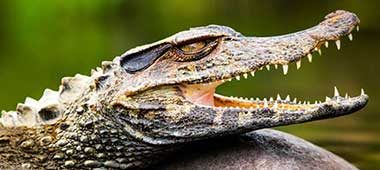
There is really no “best” time as animals are in abundance year round. During low water (May/June to October/November) it’s easier to spot aquatic wildlife such as caiman and anaconda. The high water season (November to May/June) is when many of the trees drop fruit which in turn attracts monkeys and other foraging animals.
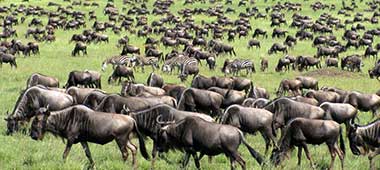
The Great Migration is the movement of around two million wildebeest, as well as zebras, gazelles and antelope, across the plains of the Serengeti and Masai Mara in search of fresh water and grass. This spectacular sight can be seen anytime between November to July, depending on where you are.
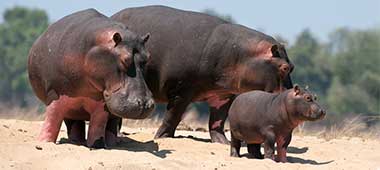
The good news is that furry little lion cubs and floppy eared newborn elephants can be spotted at any time of year – just keep your eyes peeled and fingers crossed! Other animals such as wildebeest tend to bear their young between the two wet seasons.

The best time to visit the Galapagos is the warmer, wet season from December to June. Showers tend to be short and underwater visibility is at its best. However, with such a huge variety of animals on the islands it’s possible to see them anytime.
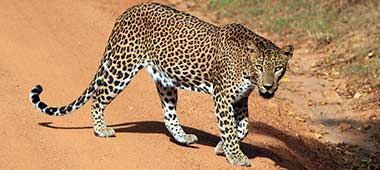
If you are visiting Udawalawe National Park to spot elephants, the best time to visit is in the main dry season of June to October. As many watering holes dry up at this time, animals go to specific ones for a drink making them easier to spot. Yala National Park follows a similar climate and is also best visited from May/June through to October.

Have you ever dreamed of visiting Angkor Wat at Sunrise? I had for years, but then my dream came true. Here I am amongst a
We are passionate adventure travelers who want to share the world and our travel experiences with everyone…
This website uses cookies so that we can provide you with the best user experience possible. Cookie information is stored in your browser and performs functions such as recognising you when you return to our website and helping our team to understand which sections of the website you find most interesting and useful.
Strictly Necessary Cookie should be enabled at all times so that we can save your preferences for cookie settings.
If you disable this cookie, we will not be able to save your preferences. This means that every time you visit this website you will need to enable or disable cookies again.